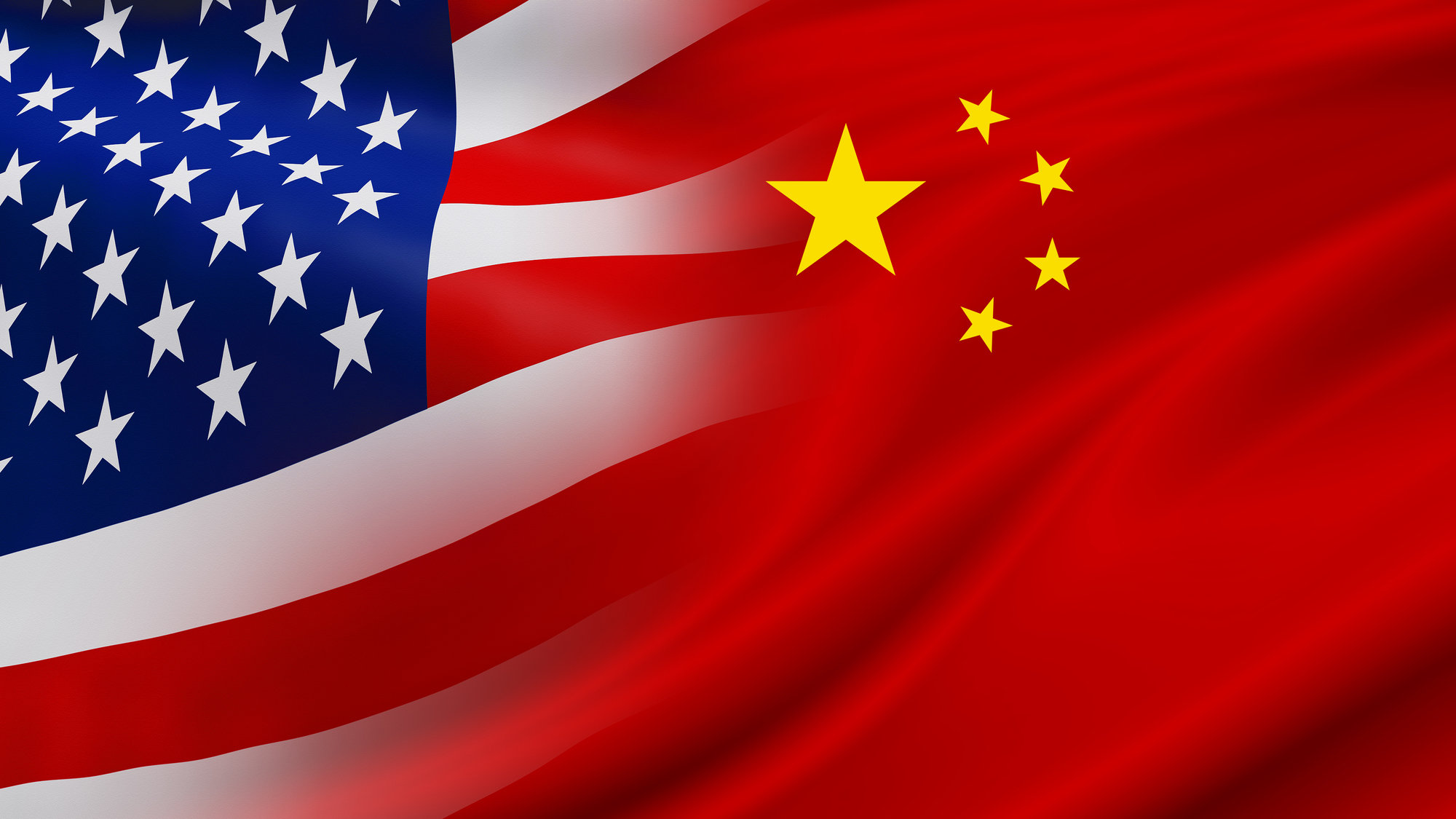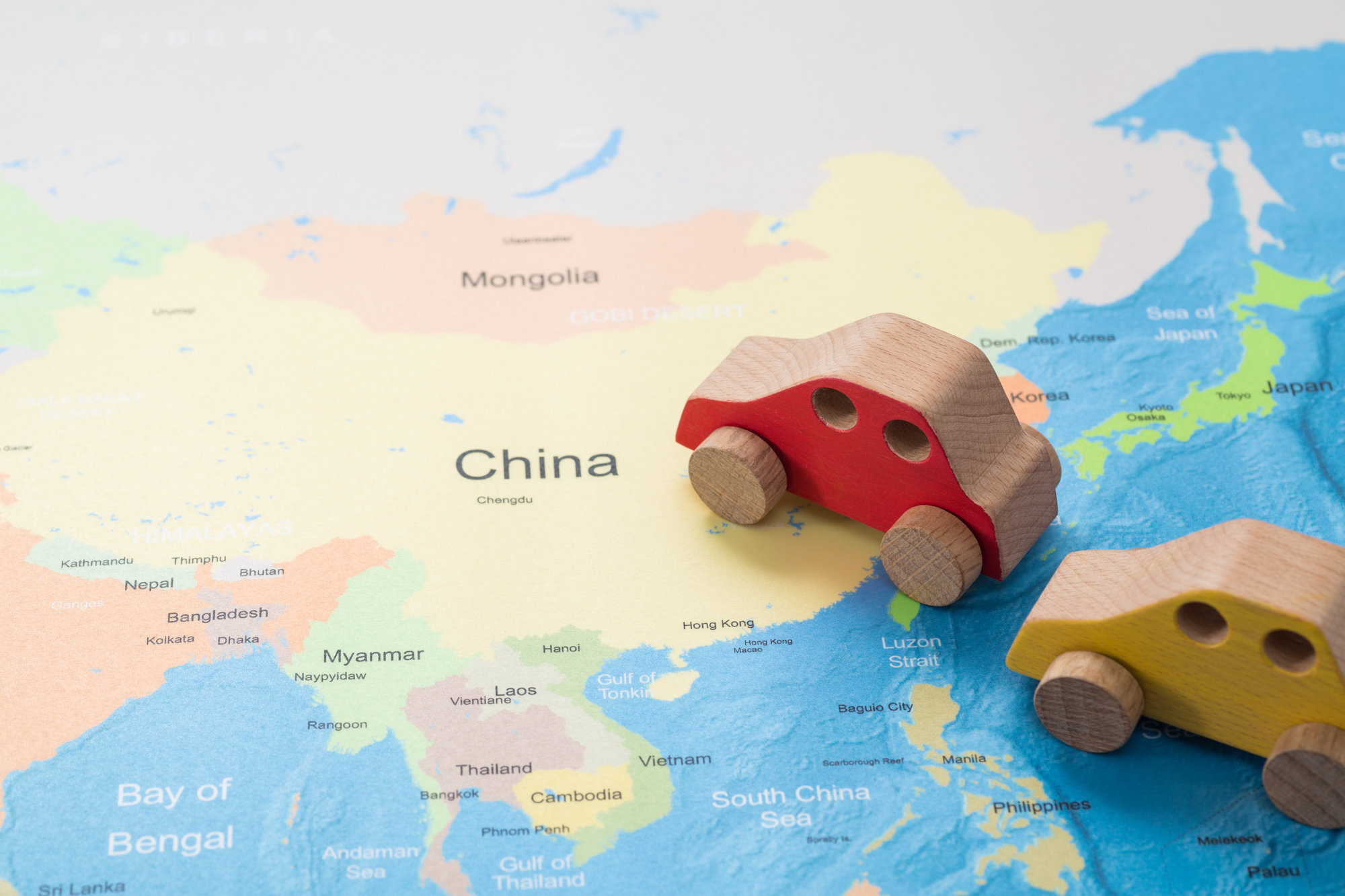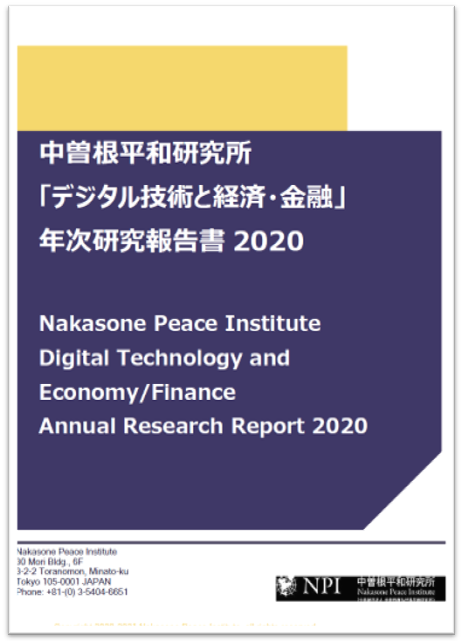2011/11/11
No. 136: Akinori Yonezawa, "World's Most Powerful Computer: Does It Reflect Japan's National Power?"
[PDF version]
The Japanese supercomputer "Kei," developed jointly by Fujitsu and RIKEN as a national project, took first place in the top 500 list at the International Conference on Supercomputing held in Hamburg, Germany, in June. The so-called "K Computer" outstripped its competitors, being more than three times faster than the second-place Chinese Tianhe-1A and more than four times faster than the US' third-ranked "Jaguar" (developed by IBM). Given that the competition takes place every six months, the K Computer is expected to maintain its lead as the world's most powerful computer for at least a year or so.
Cutting-edge supercomputer technologies are an important indicator of a state's level of science and technology - and ultimately of national strength - because they require comprehensive skills in blending various kinds of high-tech components. While the development and application of supercomputers do help to improve people's daily lives through advances in clinical research and other means and promote technological development and enrichment, supercomputer research and development (R&D) requires enormous sums in excess of 100 billion yen. Whether and how the allocation of taxpayers' money for such a project is justified is strongly influenced by the state's views on science and technology.
Although now ranked number one in the world, the K Computer earlier faced a major crisis. When the ruling Democratic Party of Japan attempted to streamline public spending two years ago, it decided to abolish funding for supercomputer R&D. The announcement sparked strong opposition from scientists and prominent figures in the industry, which eventually caused the government to restore funding under supplement budgets. Paradoxically, the project proceeded at a faster pace than previously planned.
How the K Computer achieved first place after this budgetary crisis teaches us an important lesson: the levels of Japan's high-performance computers are a function of the priority given to supercomputer R&D within the state's science and technology policy and among the government's spending priorities. As a scientist engaged in the K Computer project, I think greater consideration should have been given to R&D for the K Computer, which could nurture basic technologies to shore up Japan's science and technology capabilities.
Supercomputer R&D requires wide-ranging competency in managing the extremely sophisticated technologies necessary to conduct micro-semiconductor processing, design and implement instruction sets, interconnect central processing units (CPUs), rectify incorrect operations and establish reliability, and keep power consumption down - just to give a few examples from hardware development alone. It therefore reflects the levels of a state's technologies. On the other hand, winning the supercomputer competition does not necessarily guarantee major advances in science and technology or bring about improvements in medical treatment and people's daily lives, for the competition's evaluation standards are heavily focused on hardware performance.
The K Computer's victory is no doubt proof of the continued strength of Japan's hardware technologies. A pressing challenge is making full use of the supercomputer to solve many previously unsolvable problems and to have fresh impacts on people's daily lives and scientific and technological progress. Meeting this challenge will allow Japan to earn international recognition on the software side, long considered to be one of Japan's weaknesses. This will in turn enable Japan to declare with confidence that its supercomputing technologies are truly the best in the world. It will then have another indicator demonstrating the high standards of Japan's overall technological capabilities and of its national power.
Akinori Yonezawa is Co-Director of the RIKEN Advanced Institute of Computational Science and Professor Emeritus of the University of Tokyo.
The views expressed in this piece are the author's own and should not be attributed to The Association of Japanese Institutes of Strategic Studies.









